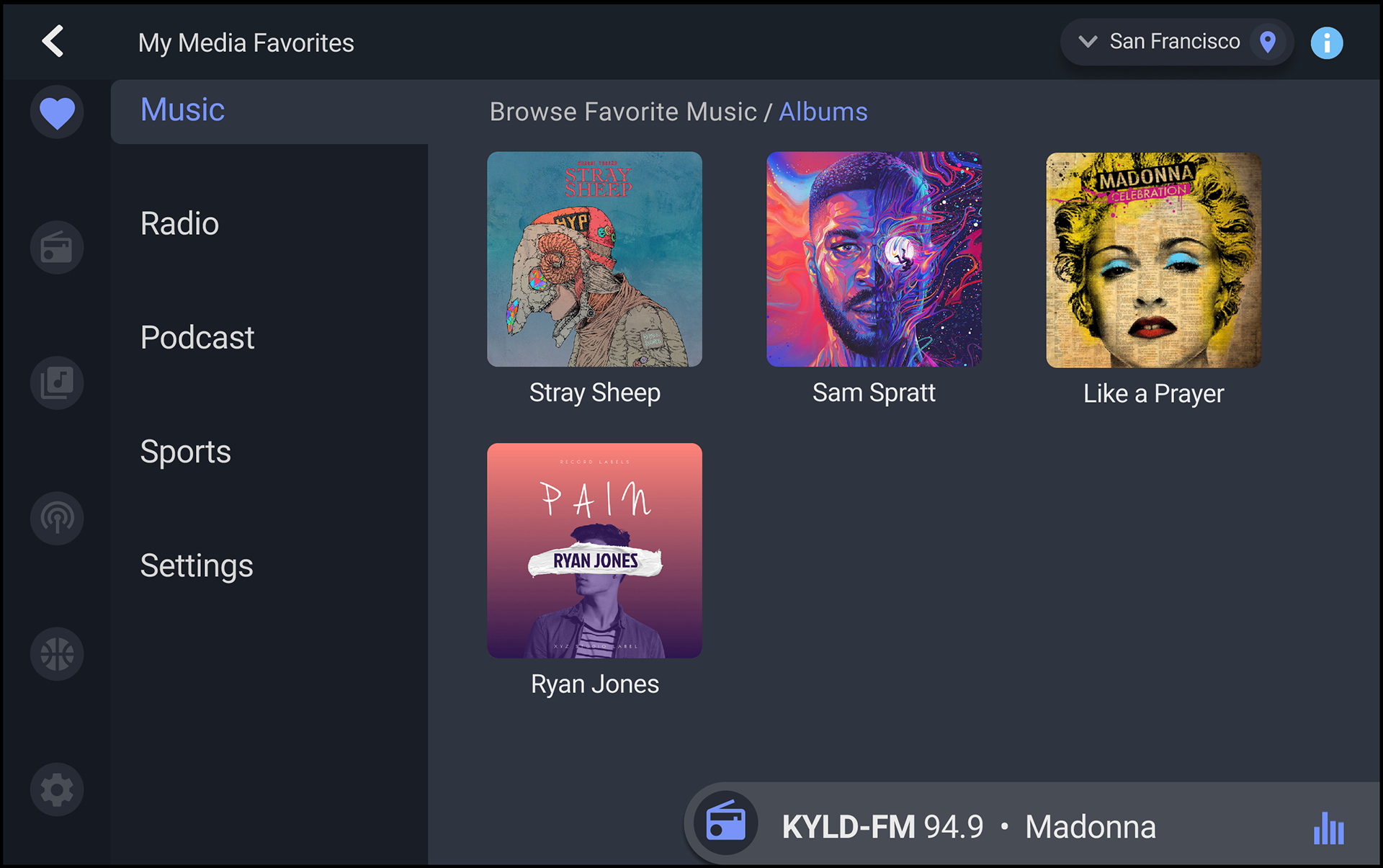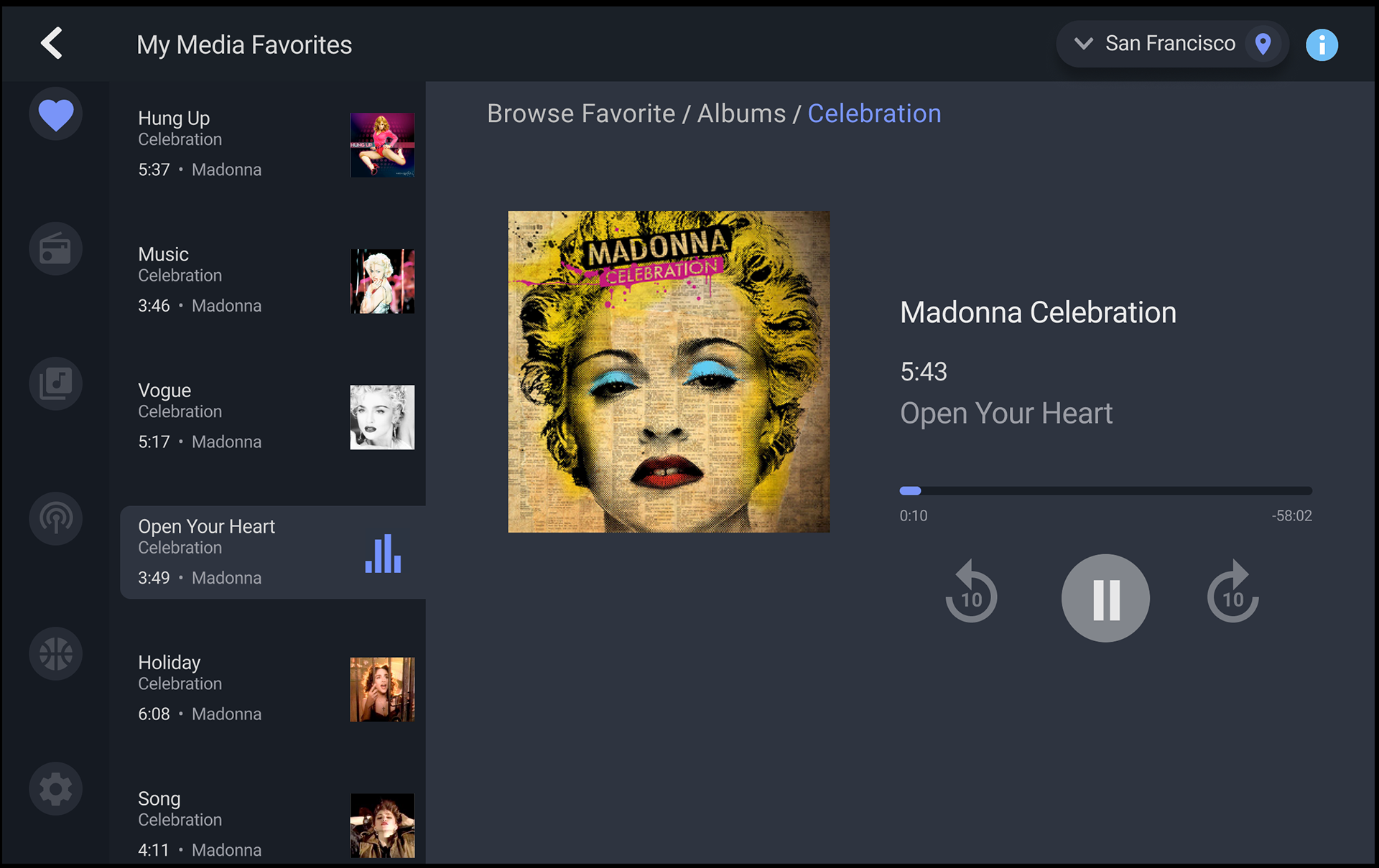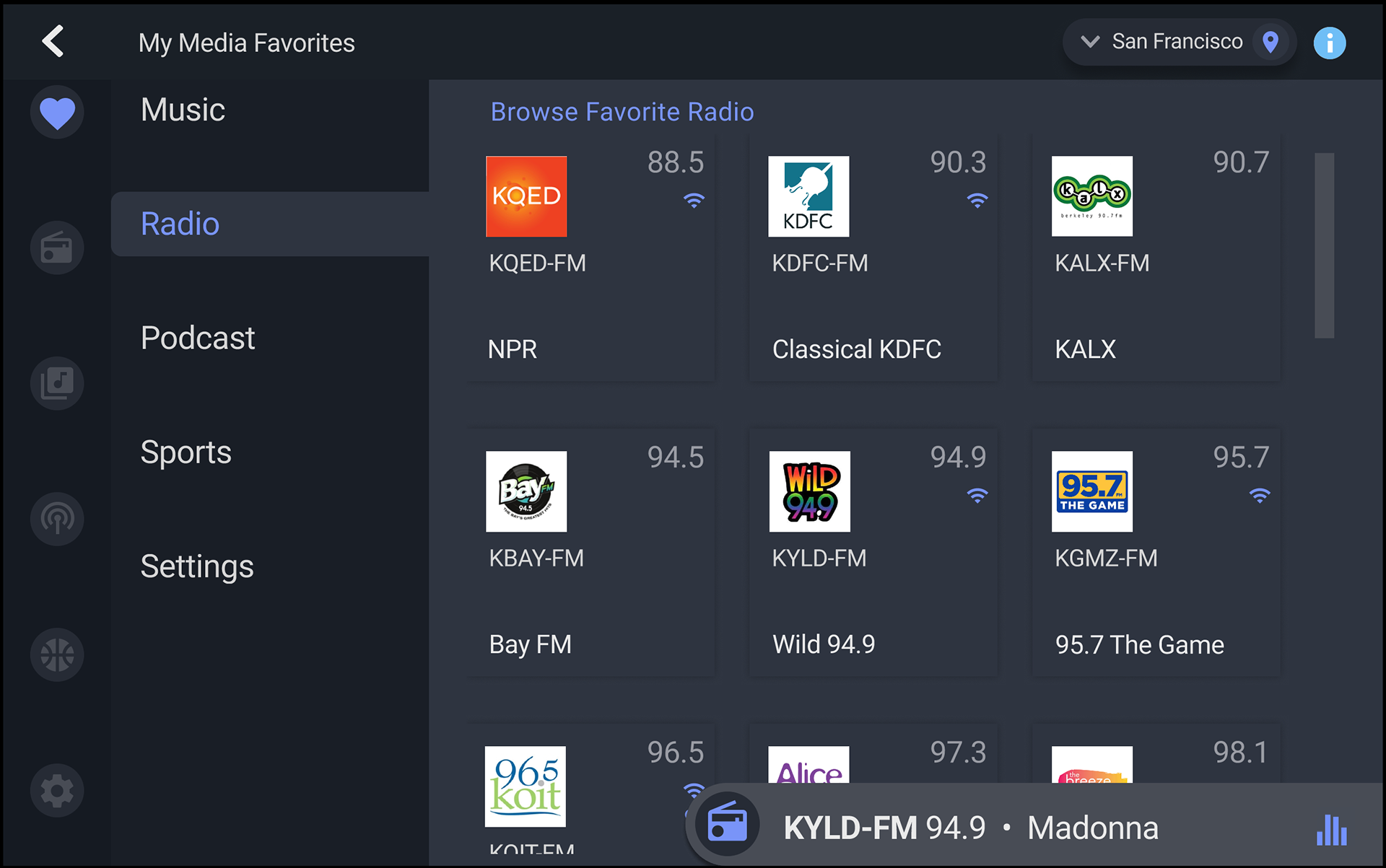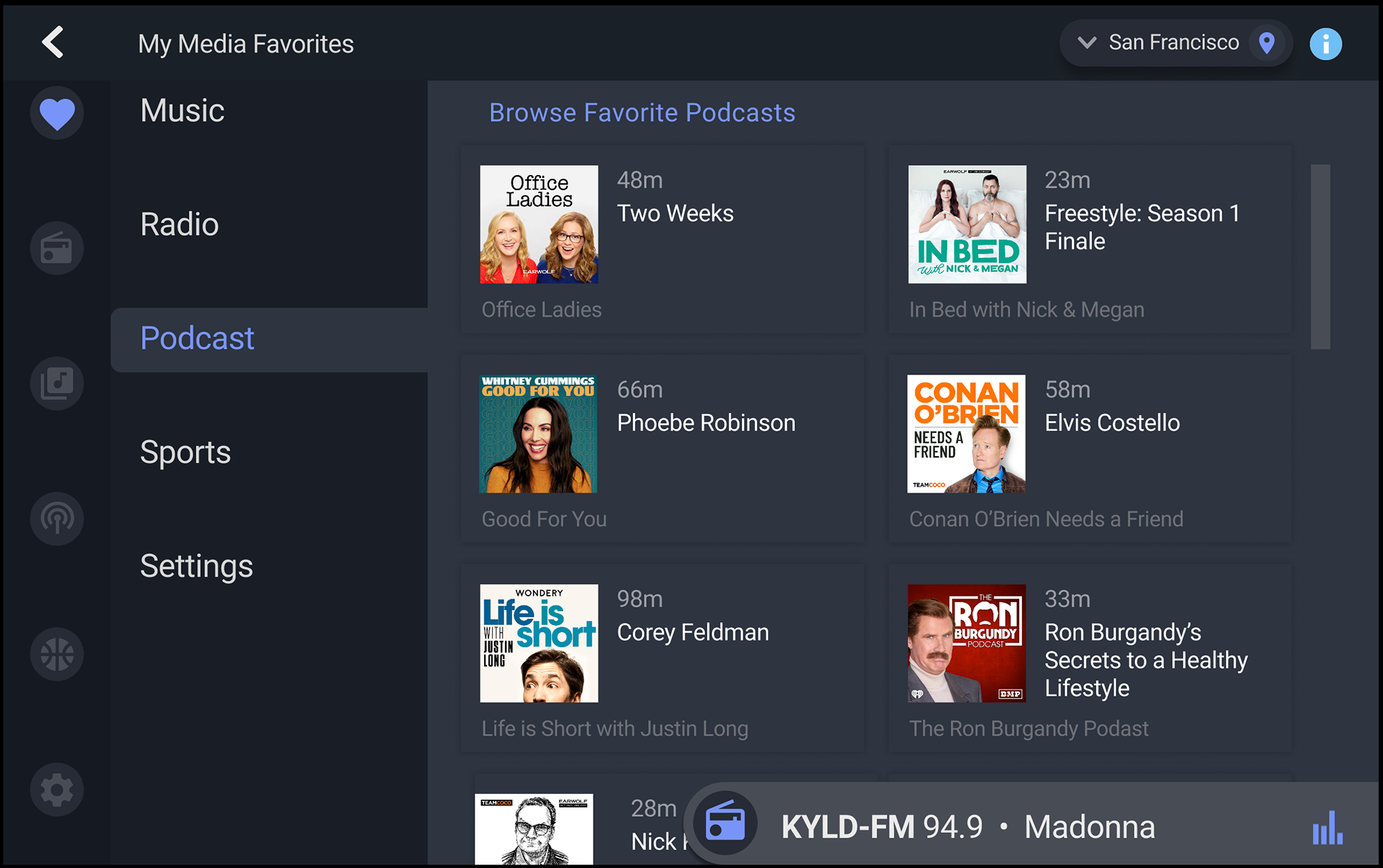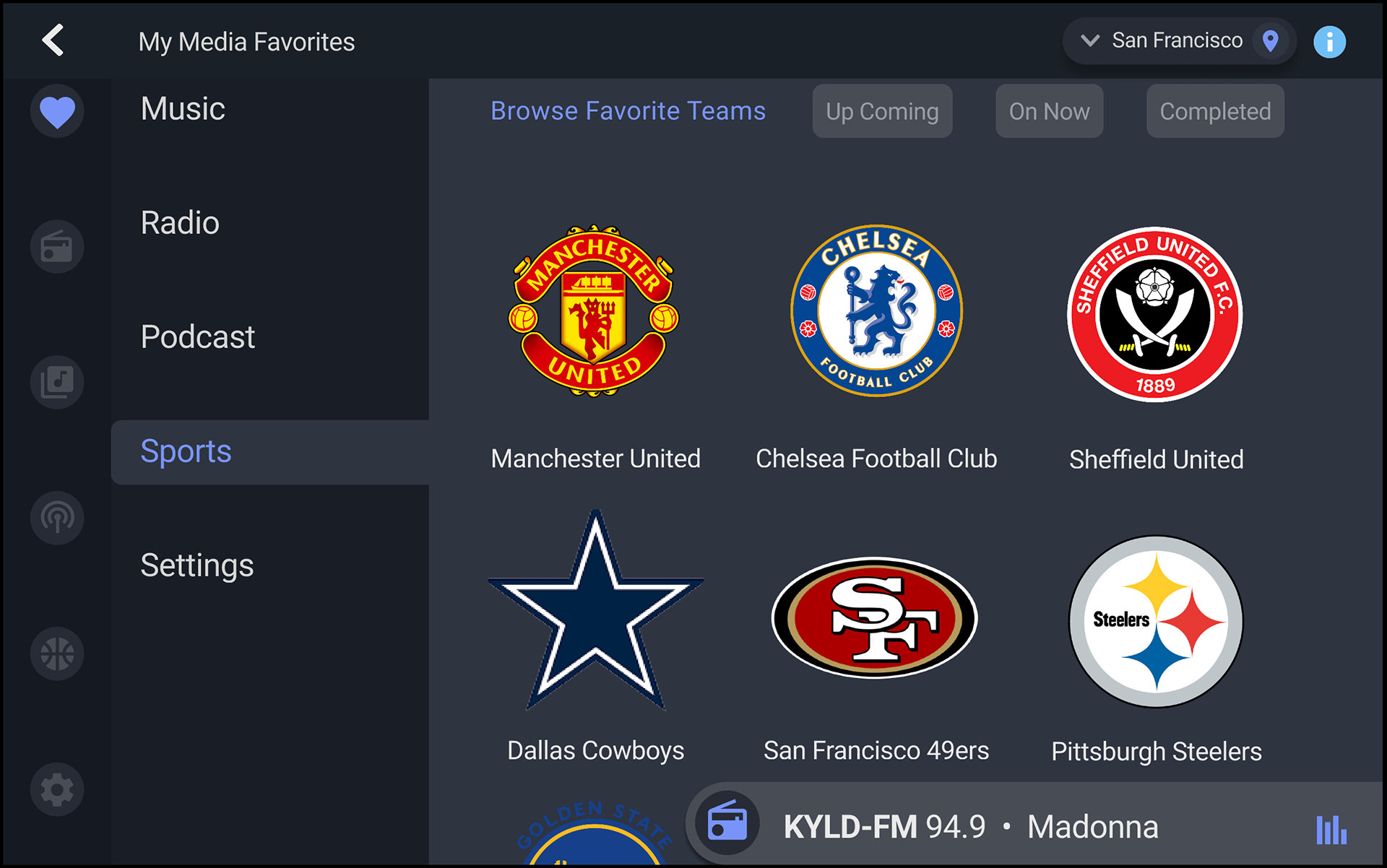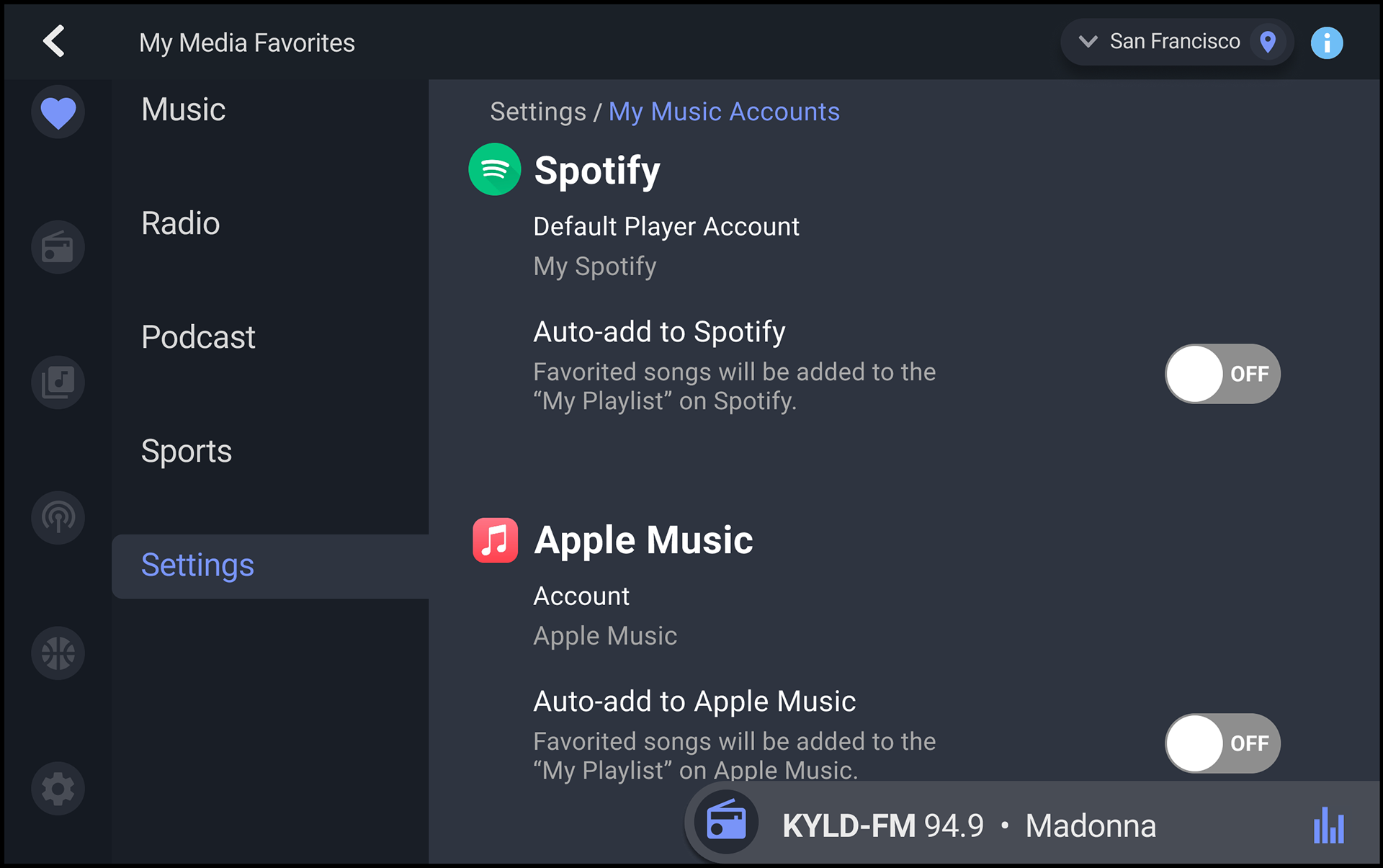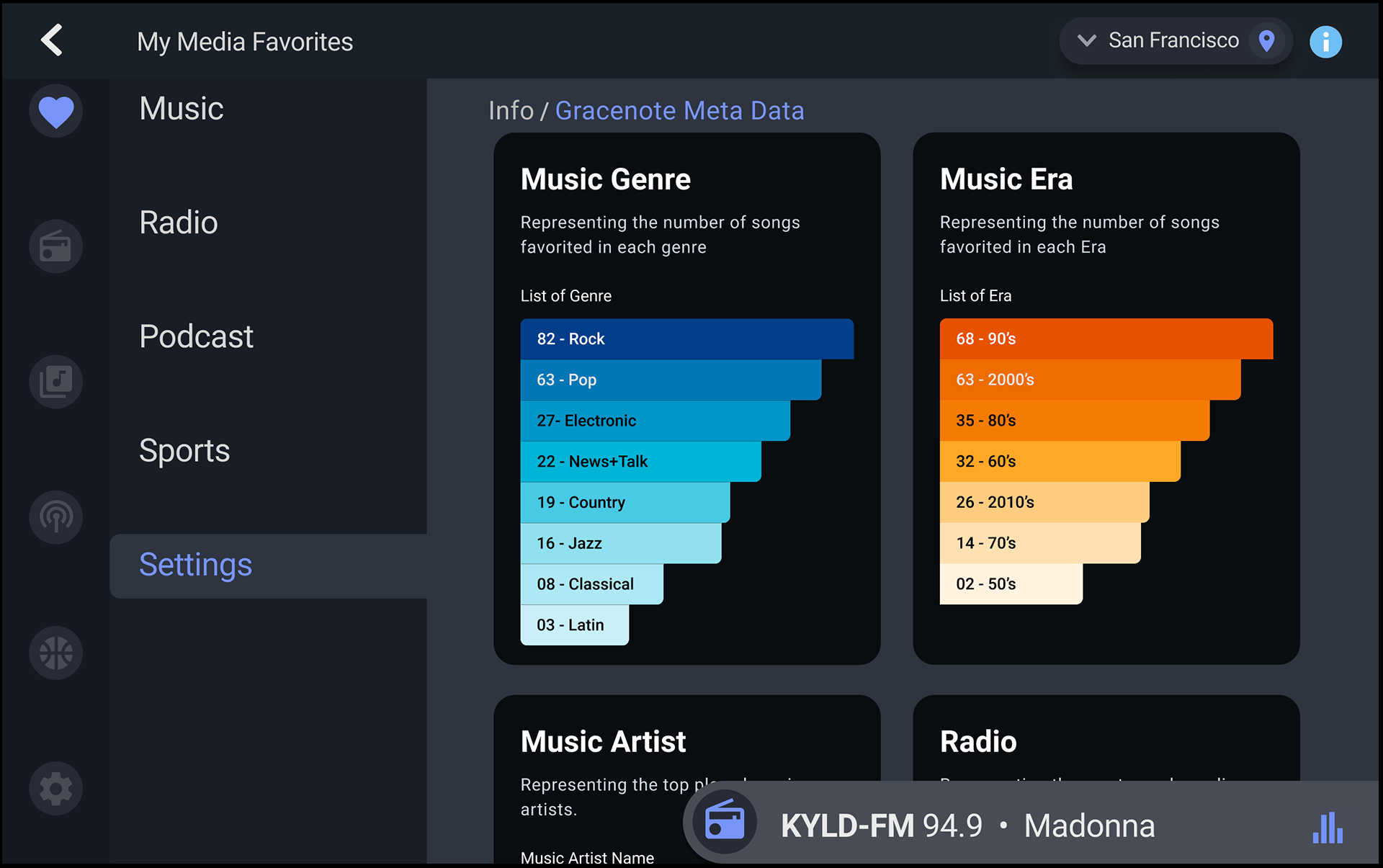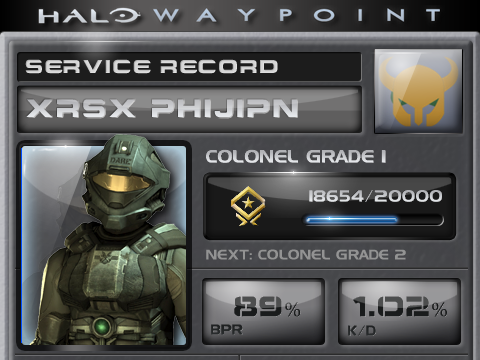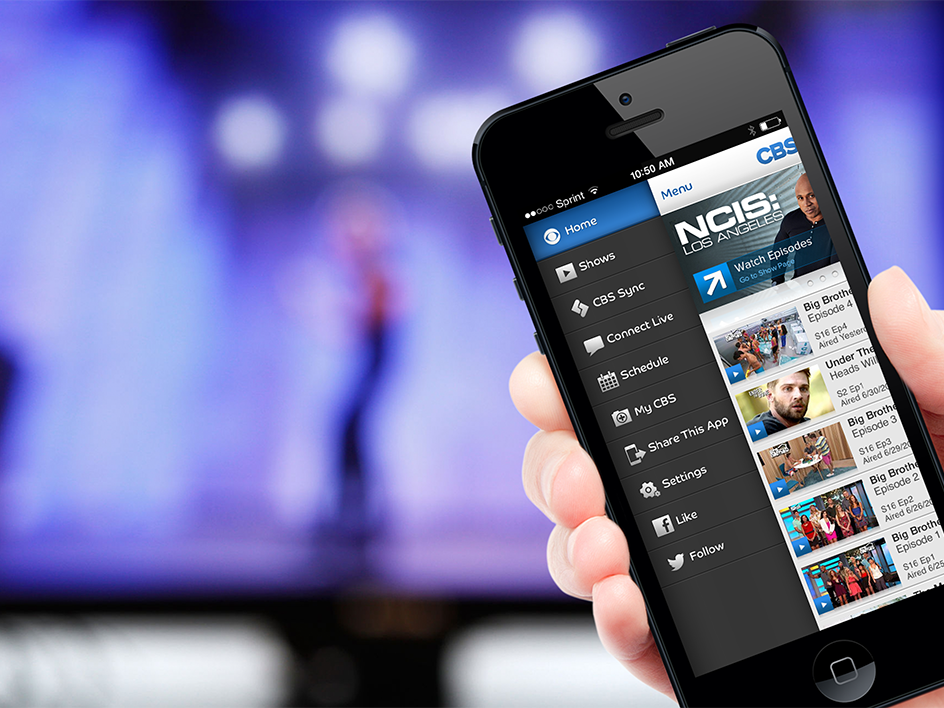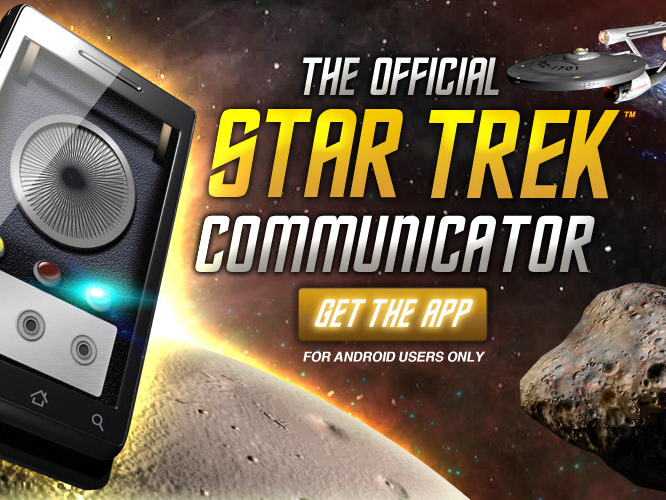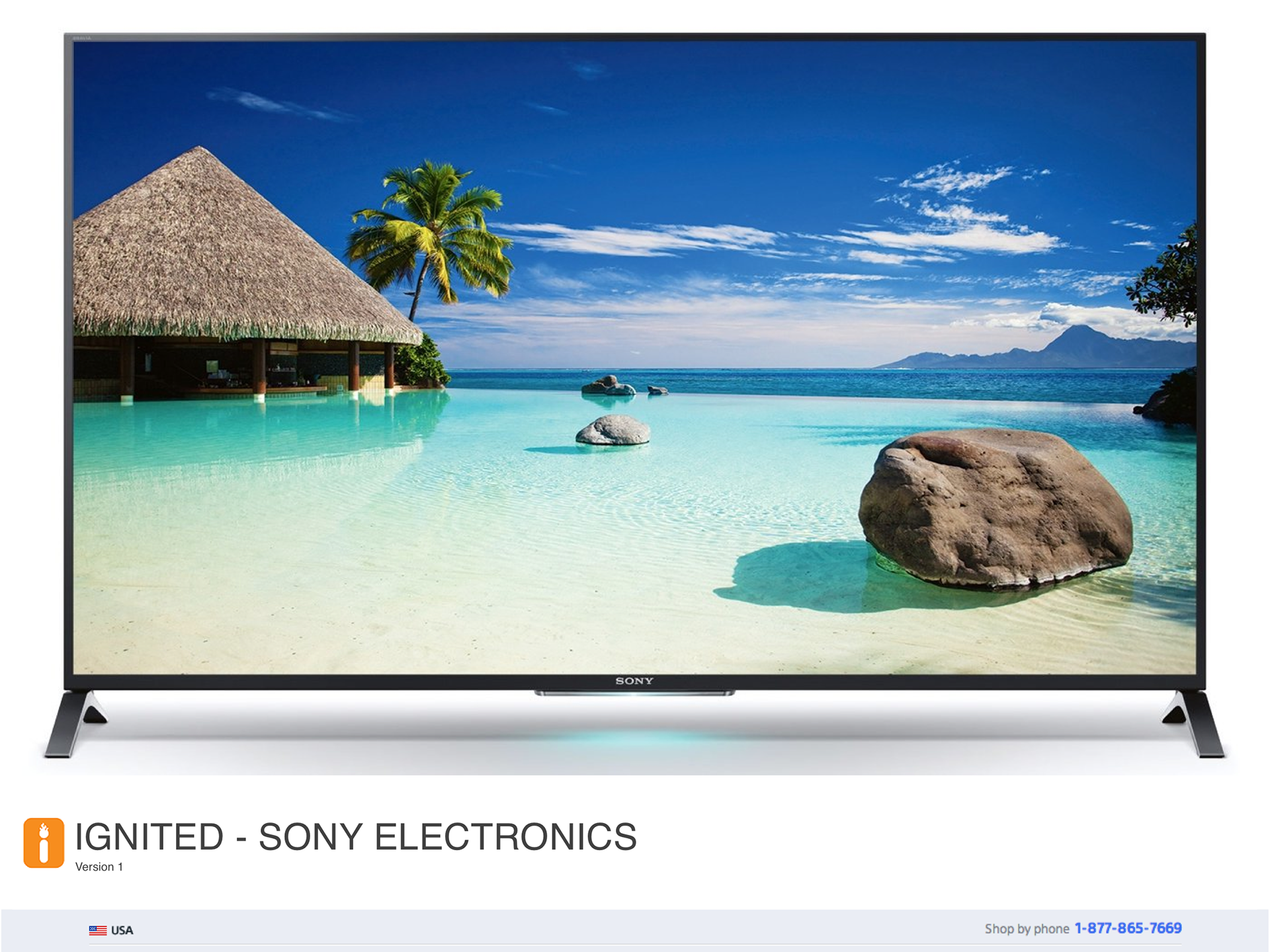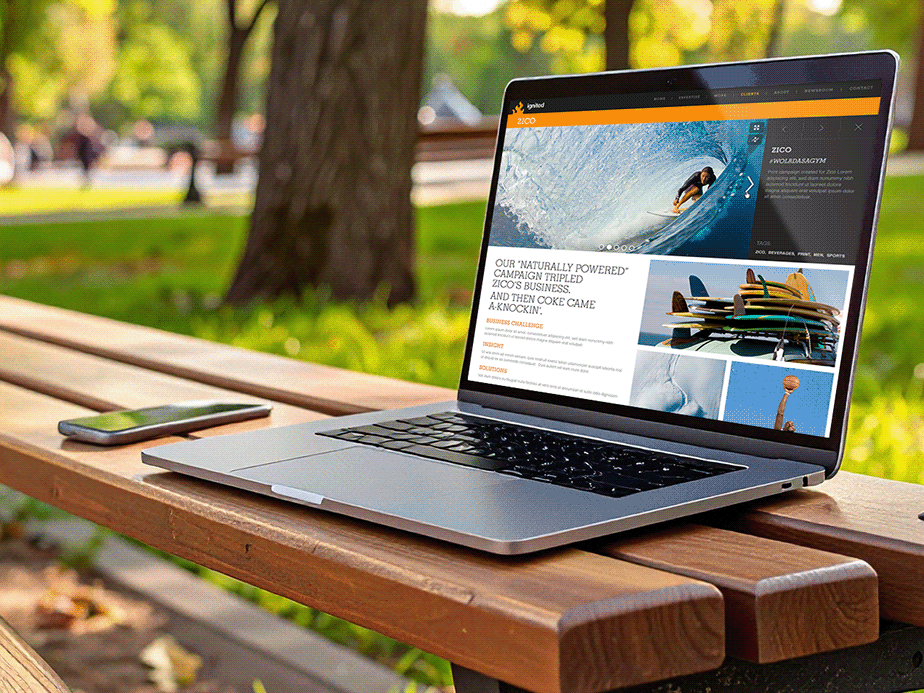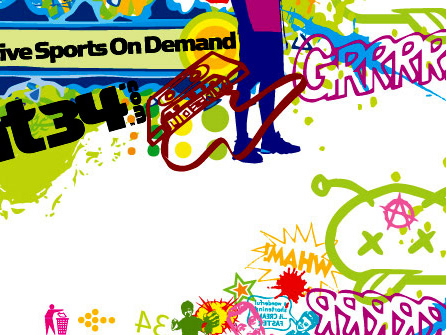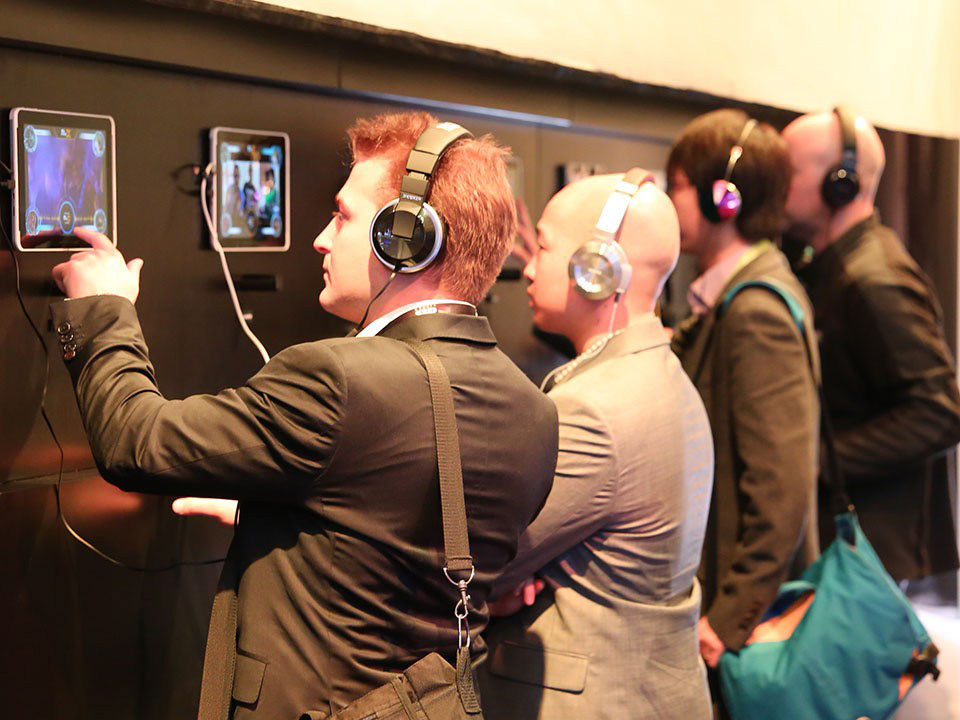Challenge
Matthew McLemore tackled the UX design for Gracenote's in-car touch screen stereo to ensure potential clients at the conference grasped that Gracenote’s unique value is providing the foundational metadata that powers apps like Spotify, differentiating the product in a crowded market. He addressed the cold-start personalization problem—where new users lack sufficient behavior data for tailored recommendations—while designing a safe, eyes-on-road interface that minimized driver distractions. Integrating multiple content sources (radio, streaming services, USB) and accounting for varied user preferences driven by personality traits and contextual factors tested his systems-thinking and UX skills. He also highlighted how Gracenote’s metadata-driven approach distinctively powers recommendation and content-discovery pipelines used by third-party apps.
Process
Matthew developed pre-seeding flows and initial selection screens (favorite eras, genres, moods) to jumpstart personalization for new users, ensuring immediate demonstration of Gracenote’s data value. He combined collaborative filtering (community-liked artists provided by Gracenote) with content-based filtering using detailed track descriptors, and designed touch-first, muscle-memory interactions to keep controls eyes-on-road friendly while showcasing metadata-driven experiences. He prototyped the My Media Favorites dashboard as a modular interface with categories—Music, Radio, Podcast, Sports, Settings—and a Browse Favorite Music area featuring tiles for Artist, Album, Mood, Genre, Era, and Song, leveraging MusicID Radio to populate the UI. Regular stakeholder check-ins guided iterative refinements to usability and information hierarchy. Metadata was integrated to enable saving favorites, generating similar-content recommendations, and seeding stations/playlists. He added sports personalization (team logos, live scores) and location-aware features to broaden appeal and demonstrate data depth.
Results
The outcome was a scalable My Media Favorites interface that increased user engagement by giving drivers an intuitive way to save and rediscover music, podcasts, and sports—backed by analytics and under-the-hood metrics showing Gracenote data at work. The design clarified to conference clients that Gracenote leads in the metadata that drives listening experiences, effectively positioning the company as the unseen engine behind leading apps. Radio and streaming services were seamlessly integrated, enabling the team to seed stations and playlists and illustrate potential for multi-service sharing. The interface delivered a personalized, safe in-car experience that addressed product challenges (cold-start personalization, distraction minimization, multi-source integration) and convinced target clients of Gracenote’s unique value proposition.
